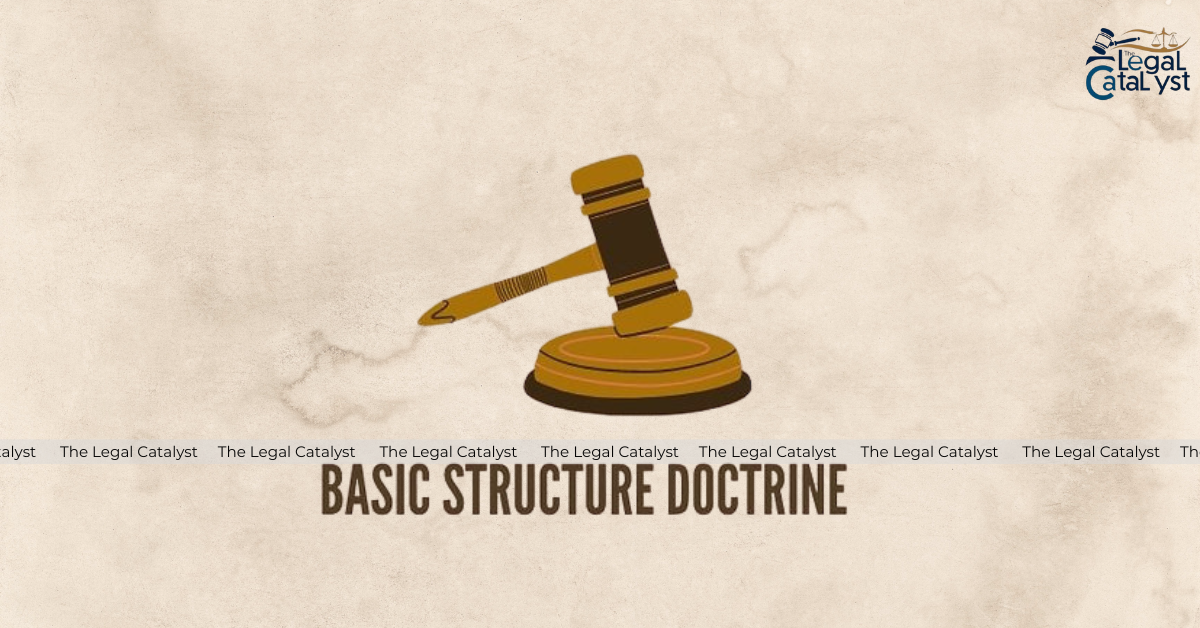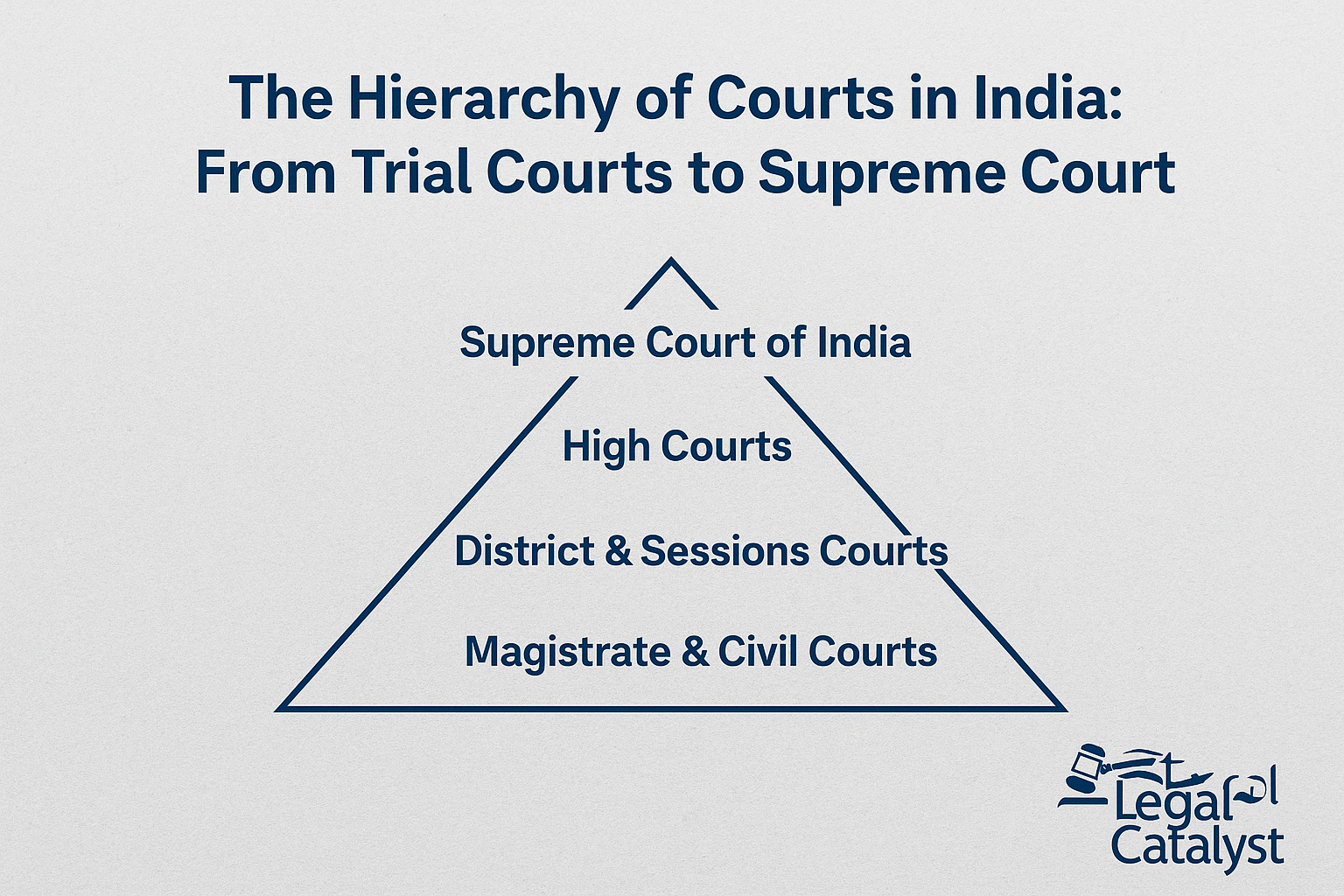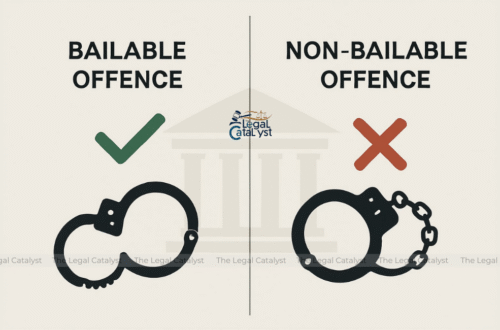The Constitution of India is not just a legal document; it is the backbone of Indian democracy. Over the years, many amendments have been made to it, but can Parliament change anything it wants? The answer lies in a concept known as the Doctrine of Basic Structure. This doctrine ensures that certain core principles of the Constitution remain untouched, even by Parliament.
This article breaks down the concept, origin, and significance of the Doctrine of Basic Structure in simple terms.
What is the Doctrine of Basic Structure?
The Doctrine of Basic Structure is a judicial principle that limits the power of Parliament to amend the Constitution. According to this doctrine, while Parliament can amend most parts of the Constitution under Article 368, it cannot alter or destroy the fundamental features or the ‘basic structure’ of the Constitution.
In simple words, this doctrine protects the soul of the Constitution.
Origin – Kesavananda Bharati Case (1973)
The doctrine was laid down by the Supreme Court in the landmark case Kesavananda Bharati v. State of Kerala (1973). In this case, a 13-judge bench, the largest ever in Indian judicial history, ruled by a narrow majority that:
“Parliament has the power to amend the Constitution, but it cannot alter the basic structure or framework of the Constitution.”
This judgment struck a balance between the power of Parliament and the supremacy of the Constitution.
What Constitutes the Basic Structure?
The Supreme Court has not given a complete or exhaustive list of what forms the basic structure. However, over the years, it has identified several essential features, such as:
- Supremacy of the Constitution
- Rule of Law
- Separation of Powers
- Judicial Review
- Fundamental Rights
- Federalism
- Free and fair elections
- Secularism and Democracy
These features form the core identity of the Constitution and cannot be taken away or diluted.
Connect with us on Instagram – X – LinkedIn for daily updates, quizzes, and other materials.
Importance of the Doctrine
- Protects Democracy: It ensures that India remains a democratic republic and guards against authoritarian amendments.
- Checks on Parliamentary Power: While Parliament is sovereign in many ways, it has restrictions. It cannot act arbitrarily. Parliament also cannot amend the Constitution in a way that destroys its essence.
- Strengthens Judicial Review: The doctrine empowers courts to strike down constitutional amendments that violate basic features.
- Preserves Fundamental Rights: Citizens are protected from losing essential rights under the pretext of constitutional amendments.
Criticism of the Doctrine
The Doctrine of Basic Structure is praised for preserving constitutional values. However, it has drawn significant criticism on legal grounds. Moreover, it faces democratic challenges. Foremost, critics argue that it lacks textual backing in the Constitution. Article 368 grants Parliament the power to amend the Constitution. Yet, the doctrine imposes substantive limits not expressly mentioned in the text. This raises concerns of judicial law-making.
The doctrine is also seen as undermining parliamentary sovereignty. In a representative democracy, elected lawmakers are expected to reflect the people’s will. Allowing unelected judges to overrule constitutional amendments passed by a supermajority may appear anti-democratic.
Further, the doctrine’s vagueness makes it difficult to define what constitutes the “basic structure.” This subjective and evolving nature gives the judiciary wide discretion, which can lead to inconsistent rulings and legal uncertainty.
Lastly, some view the doctrine as a tool of judicial overreach. It enables courts to block reforms. This happens even when they are backed by democratic consensus. While it safeguards constitutional principles, it blurs the line between judicial interpretation and political decision-making.
In sum, critics believe that the doctrine preserves constitutional morality. However, it challenges democratic legitimacy. It also risks upsetting the balance of institutional power.
The Doctrine of Basic Structure plays a crucial role in preserving the identity of the Indian Constitution. It ensures that while the Constitution remains flexible and adaptable to changing times, its core principles remain intact. These core principles include democracy, rule of law, and fundamental rights.
In a vibrant and complex democracy like India, this doctrine stands as a guardian of constitutional morality. It reminds us that while change is necessary, some values are eternal.
Also Read
From Bill to Act – How Laws Are Made in India






